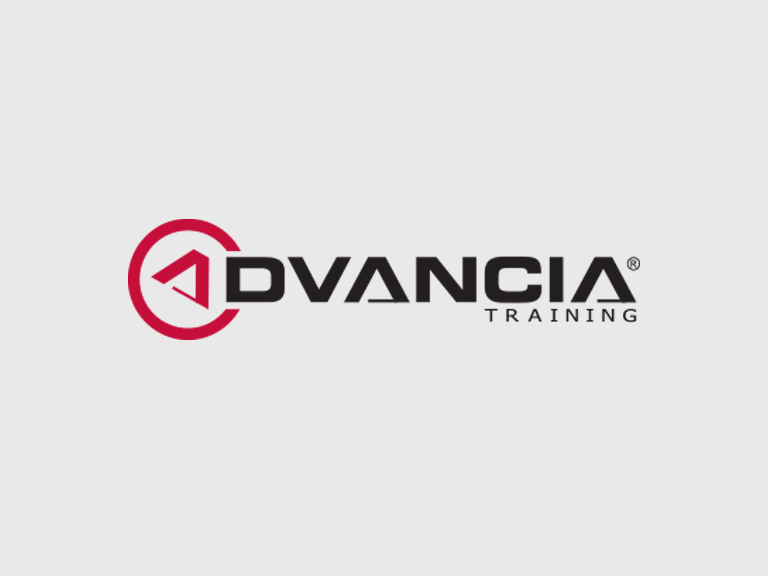Designing Cisco Data Center Infrastructure (DCID) v7.0
Découvrez toutes les nouveautés de Advancia Training : actualités, événements, médias ainsi que nos offres.
The Designing Cisco Data Center Infrastructure (DCID) v7.0 course helps you master design and deployment options focused on Cisco® data center solutions and technologies across network, compute, virtualization, storage area networks, automation, and security.
You will learn design practices for the Cisco Unified Computing System™ (Cisco UCS®) solution based on Cisco UCS B-Series and C-Series servers, Cisco UCS Manager, and Cisco Unified Fabric.
You will also gain design experience with network management technologies including Cisco UCS Manager, Cisco Data Center Network Manager (DCNM), and Cisco UCS Director. You can expect theoretical content as well as design-oriented case studies in the form of activities.
Before taking this course, you should be able to:
- Implement data center networking [Local Area Network (LAN) and Storage Area Network (SAN)]
- Describe data center storage
- Implement data center virtualization
- Implement Cisco Unified Computing System (Cisco UCS)
- Implement data center automation and orchestration with the focus on Cisco
- Application Centric Infrastructure (ACI) and Cisco UCS Director
- Describe products in the Cisco Data Center Nexus and Multilayer Director Switch (MDS) families
To fully benefit from this course, you should have completed the following courses or obtained the equivalent level of knowledge:
- Understanding Cisco Data Center Foundations (DCFNDU)
- Implementing and Administering Cisco Networking Technologies (CCNA®)
- Implementing Cisco Data Center Core Technologies (DCCOR)
IT professionals with five to eight years of experience in these roles:
- Data center engineers
- Network designers
- Network administrators
- Network engineers
- Systems engineers
- Consulting systems engineers
- Technical solutions architects
- Server administrators
- Network managers
- Cisco integrators or partners
After taking this course, you should be able to:
- Describe the Layer 2 and Layer 3 forwarding options and protocols used in a data center
- Describe the rack design options, traffic patterns, and data center switching layer access, aggregation, and core
- Describe the Cisco Overlay Transport Virtualization (OTV) technology that is used to interconnect data centers
- Describe Locator/ID separation protocol
- Design a solution that uses Virtual Extensible LAN (VXLAN) for traffic forwarding
- Describe hardware redundancy options; how to virtualize the network, compute, and storage functions; and virtual networking in the data center
- Describe solutions that use fabric extenders and compare Cisco Adapter Fabric
- Extender (FEX) with single root input/output virtualization (SR-IOV)
- Describe security threats and solutions in the data center
- Describe advanced data center security technologies and best practices
- Describe device management and orchestration in the data center
- Describe the storage options for compute function and different Redundant Array of Independent Disks (RAID) levels from a high-availability and performance perspective
- Describe Fibre Channel concepts, topologies, architecture, and industry terms
- Describe Fibre Channel over Ethernet (FCoE)
- Describe security options in the storage network
- Describe management and automation options for storage networking infrastructure
- Describe Cisco UCS servers and use cases for various Cisco UCS platforms
Explain the connectivity options for fabric interconnects for southbound and northbound connections - Describe the hyper converged solution and integrated systems
- Describe the system wide parameters for setting up a Cisco UCS domain
- Describe role-based access control (RBAC) and integration with directory servers to control access rights on Cisco UCS Manager
- Describe the pools that may be used in service profiles or service profile templates on Cisco UCS Manager
- Describe the different policies in the service profile
- Describe the Ethernet and Fibre Channel interface policies and additional network technologies
- Describe the advantages of templates and the difference between initial and updated templates
- Describe data center automation tools
